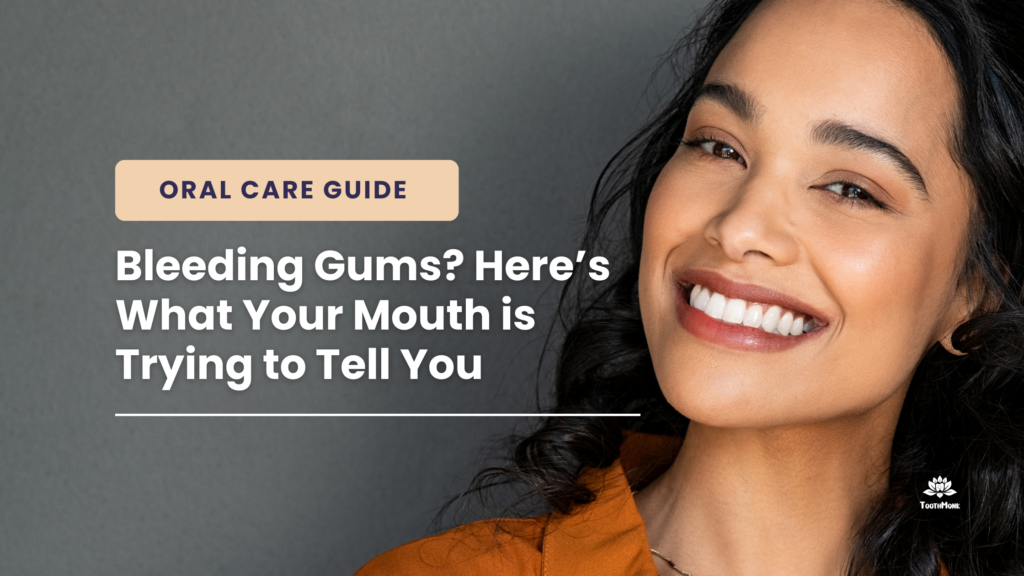
Unveiling the Secrets Behind Naturally Bright Smiles
Have you ever wondered why some people seem to have dazzling white teeth without any whitening treatments? While many turn to whitening strips or professional treatments, others flash naturally pearly whites with ease. So, what’s their secret? The answer lies in a mix of genetics, biology, and everyday habits. In this blog, we explore the science behind naturally white teeth and explain why some smiles shine brighter than others.
1. Genetics: Your Natural Tooth Shade Blueprint
Just like eye color or hair type, the natural color of your teeth is influenced by your genes. Tooth color is determined by the thickness, texture, and translucency of the enamel and the color of the underlying dentin.
- Enamel Thickness: Thicker enamel can make teeth appear whiter because it masks the yellowish dentin beneath.
- Dentin Color: Some people are genetically predisposed to have lighter or yellower dentin, which affects the overall tooth shade.
- Translucency: Highly translucent enamel allows more dentin color to show through, making teeth appear darker.
According to a study published in the Journal of Esthetic and Restorative Dentistry, genetic traits significantly influence the optical properties of teeth.
2. Enamel Quality and Mineral Composition
The strength and composition of enamel play a huge role in how white teeth appear. Enamel is made of hydroxyapatite crystals, and any variation in mineral density or structure can impact how it reflects light.
- Well-mineralized enamel reflects light better, appearing whiter.
- Weaker enamel may erode or thin over time, exposing more of the yellow dentin beneath.
Nutrition during childhood, especially adequate calcium and phosphate intake, contributes to optimal enamel development.
3. Saliva pH and Oral Microbiome
Your mouth’s environment also plays a role in tooth color. People with a healthy oral pH (neutral to slightly alkaline) and a balanced oral microbiome are less likely to experience enamel erosion and staining.
- Acidic saliva can wear away enamel faster, dulling the natural color.
- A healthier microbiome supports enamel protection and prevents plaque buildup, which can discolor teeth.
Research from the International Journal of Dental Hygiene emphasizes the protective role of saliva in maintaining tooth color and preventing discoloration.
4. Diet and Lifestyle Factors
People with naturally white teeth often (knowingly or unknowingly) avoid foods and habits that stain teeth:
- Low consumption of staining agents like coffee, tea, red wine, and dark berries.
- Avoidance of tobacco products, which contain tar and nicotine that yellow teeth.
- A diet rich in crunchy fruits and vegetables (like apples and carrots) that naturally scrub the teeth.
5. Good Oral Hygiene Habits
Even genetically white teeth can discolor without proper care. But many with naturally white teeth also maintain excellent oral hygiene:
- Brushing twice a day with fluoride toothpaste.
- Flossing daily.
- Regular dental checkups and cleanings.
These habits prevent plaque buildup, tartar formation, and surface stains.
6. Lack of Exposure to Fluorosis or Tetracycline Staining
Some people have naturally white teeth simply because they were not exposed to certain elements during tooth development:
- Dental fluorosis, caused by excessive fluoride intake in childhood, can create white or brown spots.
- Tetracycline antibiotics, if taken during early tooth development, can lead to permanent grayish or brown discoloration.
People who avoided these during tooth formation often have more uniform and brighter enamel.
Natural tooth whiteness is not always about effort, it’s often about biology. Genetics, enamel structure, oral health, and lifestyle all work together to shape the color of your smile. While you may not be able to change your genes, understanding the science behind naturally white teeth can help you take better care of your own. After all, a healthy smile is always a beautiful one.
Sources:
- Journal of Esthetic and Restorative Dentistry
- International Journal of Dental Hygiene
- American Dental Association (ADA)
#ToothmonkSuperscience #NaturallyWhiteTeeth #DentalScience


